When did we confuse being empowered with being able to afford expensive leggings? I pondered this question standing outside a women’s activewear store at Park Meadows Mall in suburban Denver. Behind a spotless plate glass window, the store displayed its “Power of She” campaign, an effort that “ignites a community of active, healthy, confident women and girls who empower each other to realize their limitless potential.” A glance at the program’s website revealed profiles of well-known female athletes next to tips for “How to Wear Tights All Day”. In commercializing the conversation around women’s influence, the campaign equates reaching one’s potential with achieving a standard of living that prioritizes fitness and leisure.
The campaign coincided with Women’s History Month, celebrated every March to recognize women’s contribution to the world. As a former history major and leader of Denver Institute’s Women & Vocation Initiative, you would think such campaigns would inspire me, but this year’s celebration left me cold. While I appreciated seeing stories of women’s influence highlighted through social media or learning the steps corporations have taken to support female employees, I found many campaigns lacked deeper grounding in what it truly means for women to thrive. I longed to ask, why should women be empowered and for what purpose? What does it mean for both women and men to thrive as they collaborate in God’s world?
In contrast to this limited understanding of empowerment, the Christian faith offers a richer vision of women’s influence, lived in response to God’s love and in service to others. But to realize this vision, we must wrestle with unhelpful messages about identity, power, and relationships in the church and mainstream culture. Now is a critical time for Christian’s to engage these topics, ones which are rarely discussed in women’s ministry circles.
Identity
Our cultural moment is fraught with confusion about gender identity. From the emotion surrounding transgender swimmer Lia Thomas’ success competing against female-from-birth peers to the political games behind a request for Supreme Court nominee Ketanji Brown Jackson to define the word “woman”, the battle for cultural and political power runs through our understanding of gender. Is gender genetically determined or an identity that can be adopted? In white evangelical circles, books like Kristen Kobes Du Mez’s Jesus and John Wayne and Beth Allison Barr’s The Making of Biblical Womanhood confronted widely held beliefs about women’s roles in church, marriage, and public life. Female readers have been disturbed to realize that the roles they are expected to fill have been shaped as much by Victorian family values or in response to the feminism of the 1960’s and 70’s as they are by Scripture.
From its opening pages, the Bible describes men and women as distinct creations, each embodying a portion of God’s nature. To be a woman, or a man, is to be imago dei, the image of God himself. Sit with that for a moment. We learn more about who God is because of who you are. For this reason, narrow, culturally defined perspectives on gender harm us spiritually by limiting our understanding of God. We must avoid gender roles limited to a specific life stage, socioeconomic status, or historical context. Our vision for what it means to flourish as a woman must be broad enough to encompass the lives of my fourteen-year-old, skateboard-riding niece and that of a widow in rural China. Presenting a broad vision of womanhood, rooted in our identity as image bearers, offers freedom and clarity to a culture wrestling with what it means to be gendered.
Power
I follow the work of Sophia Amoruso, an American entrepreneur who coined the term “girlboss” as she built the $100 million Nasty Gal fashion empire. Shortly after Forbes named her one of the richest self-made women in 2016, her company declared bankruptcy due to a range of factors, including a toxic workplace culture and poor leadership. Amoruso regrouped and now peddles her steps to influence and entrepreneurial success through digital courses and social media. She exemplifies the #girlpower spirit at the heart of many Women’s History Month celebrations, yet she never explains the purpose of that power. Based on the high production-value of her content and the frequency of the emails I receive promoting her services, I’d say it’s to fund an enviable lifestyle, build her brand, and gain even more power.
In the quest to empower women, we must examine the source, motivation, and purpose of that power. Unlike worldly models, which measure power by wealth, beauty, or influence, Christian women can draw power from our created identity. But to realize this God-given identity, we must wrestle with cultural dynamics that keep us from recognizing and using our influence. In Genesis 2:18, God introduces Eve as ezer kenegdo, a counterpart to Adam, who brings a warrior’s strength and support to their partnership. For years I lived under the weight of translations of this term, most notably in the King James Version, that describes Eve as a helper or “helpmeet”. In my church and ministry experience, women were taught to wait for men to initiate or withhold their ideas, allowing room for men to lead, a contrast to the actively engaged women we see in Scripture. A closer look at the Hebrew text reveals that an ezer helps, not by diminishing herself, but by bringing all that she is to their shared role in God’s mission. Carolyn Custis James describes the power we bring in her book Half the Church: Recapturing God’s Global Vision for Women, “God created his daughters to be ezer-warriors with our brothers. He deploys the ezer to break the man's aloneness by soldiering with him wholeheartedly and at full strength for God's gracious kingdom. The man needs everything she brings to their global mission.”
Instead of claiming power for our own ends, Scripture shows women using their strength for God’s purposes and to serve others. Ezer’s legacy flows through the work of Shifrah and Puah, midwives who defied Pharoah’s orders to murder male babies and saved a generation of Israelite boys (Ex 1:15-21). It is revealed in Deborah’s leadership as she partnered with Barak to lead the Israelites in battle (Judges 4). And it bore fruit through Lydia, whose entrepreneurial savvy and relational network helped found the Philippine church (Acts 6:14-15). These stories illustrate women using their vocational power–their influence, skill, and resources–for the greater good. Now is the time for Christian women to counter the #girlpower narrative with a vision of empowerment rooted in our God-given identity, inspired by Christ’s example, and used in service to others.
Relationships
Recently, I studied the results of surveys given to 500+ Christian women regarding their work. In addition to the perennial challenge of balancing their various roles, I was surprised to see how many felt burdened by the masculine culture in their workplace. “The old boys club is alive and kicking,” I thought before I could catch myself. As much as it frustrates me to read that women still earn, on average, 22% less than their male counterparts[1] or to see friends struggle with the lack of affordable childcare in their communities, I know disparaging thoughts or tropes like the “old boys club” hinder, rather than help, women’s empowerment.
When it comes to gender dynamics in the workplace, Christians are uniquely positioned to offer hopeful solutions. Who better to model healthy collaboration between men and women than those who believe it is part of God’s intended design? I believe it’s time to move beyond “old boys club” references to envision richer partnerships between men and women, to reclaim what author Carolyn Custis James calls the “Blessed Alliance.” It’s time to build workplace cultures that recognize employees’ diverse contributions to a shared mission. And it’s time for Christians to enter the conversation with a willingness to “rumble” with tough questions related to gender in the workplace, a term researcher Brené Brown uses to describe curious, vulnerable, generous conversations around challenging topics. I long for a day when more Christians are known as managers and organizational leaders who bring out the best in their employees.
What if we joined next year’s celebration of Women’s History Month with a richer vision of women’s empowerment? Drawing from the theological traditions of our faith and deeply rooted in Scripture, we can counter the dominant cultural narrative with a strong, life-giving vision of women’s influence. What if the “power of she” meant more than overpriced athletic wear?
Editor's note: If this conversation intrigues you, join us Saturday, October 8th, for Women, Work, & Calling, an annual event hosted in-person in Denver, Colorado or online around the world. Or subscribe to our monthly newsletter for women (or men) exploring similar themes.
[1] “Equal Pay Day: There Has Been Little Progress in Closing the Gender Wage Gap,” by Elise Gould. Economic Policy Institute, March 10, 2022.

